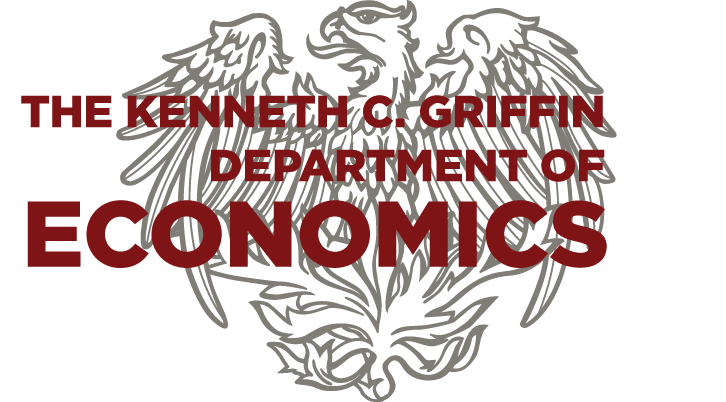Innovation and Diffusion
Working Papers
Abstract: We study technology diffusion across countries and over time empirically. We find signifficant evidence that technology diffuses slower to locations that are farther away from adoption leaders. This effect is stronger across rich countries and also when measuring distance along the southnorth dimension. A simple theory of human interactions can account for these empirical findings. The theory suggests that the effect of distance should vanish over time, a hypothesis that we confirm in the data, and that distinguishes technology from other flows like goods or investments. We then structurally estimate the model. The parameter governing the frequency of interactions is larger for newer and network-based technologies and for the median technology the frequency of interactions decays by 73% every 1000 Kms. Overall, we document the significant role that geography plays in determining technology diffusion across countries.
Journal Publications
The Economic Geography of Global Warming
Review of Economic Studies, 2024, 91(2): 899-939
Abstract: Global warming is a worldwide and protracted phenomenon with heterogeneous local economic effects. We propose a dynamic economic assessment model of the world economy with high spatial resolution to assess its consequences. Our model features several forms of adaptation to local temperature changes, including costly trade and migration, local technological innovations, and local natality rates. We quantify the model at a 1° × 1° resolution and estimate damage functions that determine the impact of temperature changes on a region’s fundamental productivity and amenities conditional on local temperatures. Welfare losses from global warming are very heterogeneous across locations, with 20% losses in parts of Africa and Latin America but also gains in some northern latitudes. Overall, spatial inequality increases. Uncertainty about average welfare effects is significant, but much smaller for relative losses across space. Migration and innovation are shown to be important adaptation mechanisms. We use the model to study the impact of carbon taxes, abatement technologies, and clean energy subsidies. Carbon taxes delay consumption of fossil fuels and help flatten the temperature curve but are much more effective when an abatement technology is forthcoming.
Abstract: In this short article we discuss a mechanism that can lead to private innovation by firms even in the presence of perfect competition (see Desmet and Rossi-Hansberg 2011a, where we introduced this logic to analyze development over space).
Abstract: We propose a framework to study the impact of information and communication technology on growth through its impact on organization and innovation. Agents accumulate knowledge to use available technologies and invent new ones. The use of a technology requires the development of organizations to coordinate the work of experts, which takes time. We find that while advances in information technology always increase growth, improvements in communication technology may lead to lower growth and even to stagnation, since the payoff to exploiting available technologies through organizations increases relative to the payoff from developing new innovations.
Books, Chapters, and Surveys

